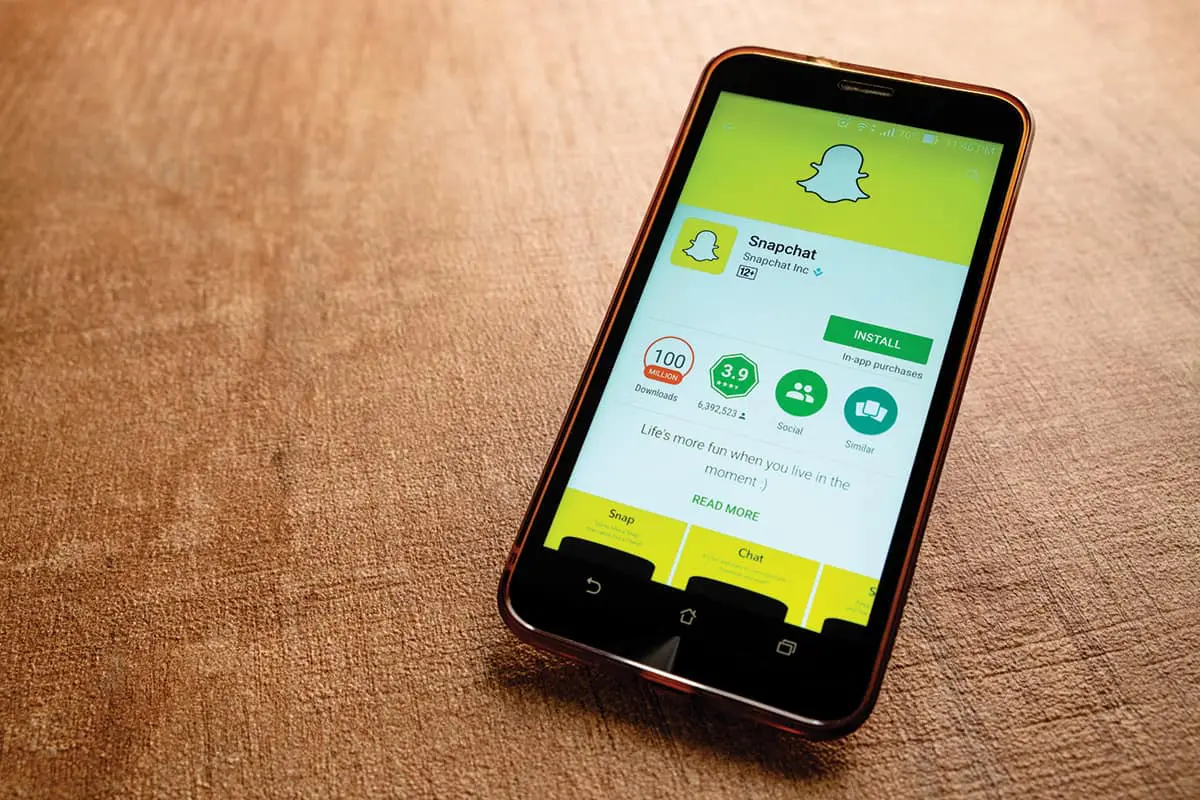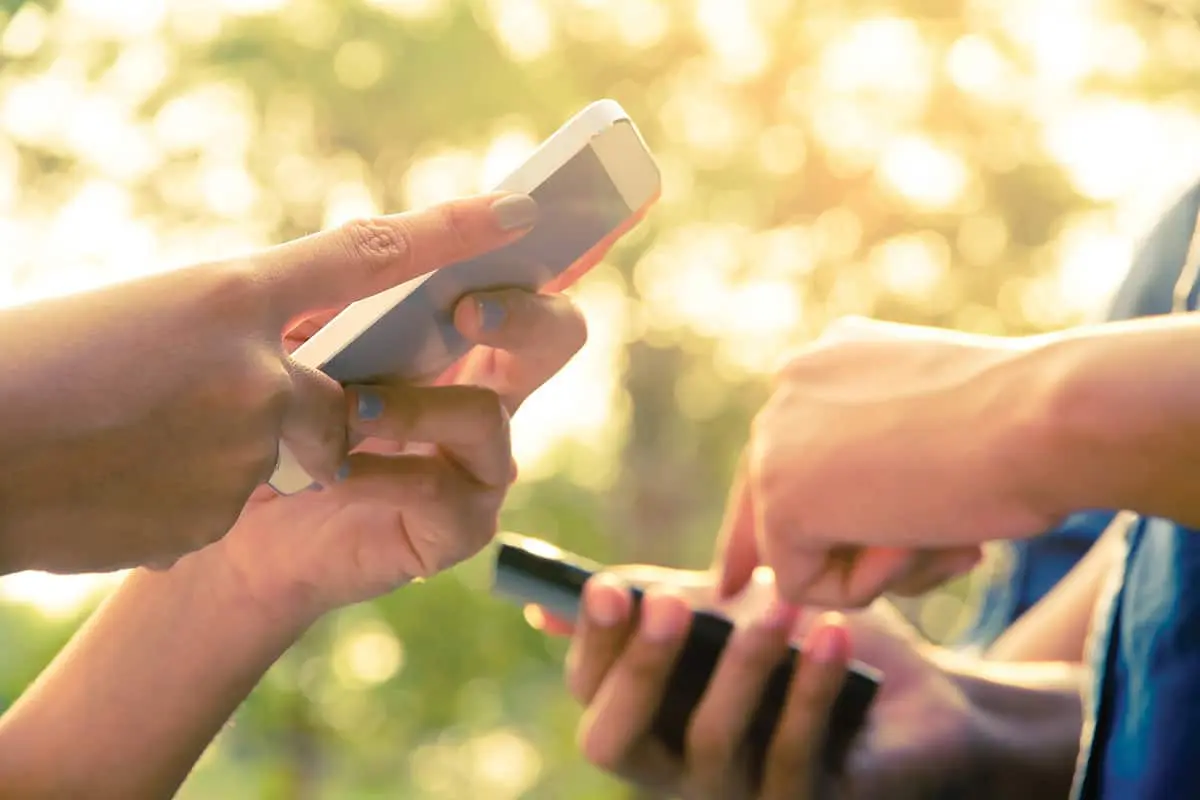By Molly Absolon
–
My friend was shuttling her teenage kids between activities when she overheard a troubling conversation. They were talking about a teen they knew who posted a moving selfie on the app PHHHOTO. It showed the thirteen-year-old bringing a bottle of vodka back and forth to her lips. My friend found herself in a tricky position. Part of her wanted the girl’s parents to know. But part of her, also, did not want to betray her own children’s confidence. She opted to honor that bond, but she couldn’t help but feel unsettled.
I’d never heard of PHHHOTO before, so I asked my fifteen-year-old about the app. Of course she had it. She also had Snapchat, Twitter, Instagram, and countless other apps that come and go in popularity. Have you heard of Whisper? Kik? Yik Yak or Omegle? I hadn’t. Some apps seem to have lasting power, like Snapchat and Instagram. Others come and go quickly. All of them lure teens into a private world where adults are not welcome.
Peer connections have always been important to teenagers. Social scientists estimate that by early adolescence, more than 30 percent of children’s social interactions are with their peers. These friendships provide a personal support group for kids as they go through puberty and experiment with becoming adults. While none of this is new, what is new is that much of their social networking is now done online rather than face-to-face.
Laura Santomauro, a therapist and the owner of JH Family Solutions, says teens are addicted to the peer connections and affirmation they get through social media.
On the plus side, social media allows teens to be creative and explore ideas and feelings that they may not be able to articulate in person. They can find people with similar interests and develop a broad network of friends that extends beyond the confines of their school. And they can tap into a hip, interconnected world ruled by teens. But on the flip side, social media allows teens to distort their images and live in a cyberworld instead of the real one. It pushes them to create personas designed to appeal to their peers, and it can expose them to hateful comments, bullying, or worse.
“Teens, particularly girls, are very attentive to what they are putting out on social media,” says Travis Gay, a therapist with Teton Behavior Therapy. “They really like the ‘likes.’ It’s like getting a pat on the back [that reinforces the teen’s image of his or herself].” But is that image real? Or is it one that is carefully constructed and manipulated to portray what is trending as cool or beautiful?
Such distortion is easy. Some apps can remove blemishes and allow you to enhance your cheekbones. You can soften edges and make your eyes look bigger. Watch any teenage girl and notice the “perfected” selfie: They hold the camera at an angle, tilt their head just so, and pout. The looks are so prescribed it can be hard to differentiate one girl from another. But the connection found in such uniformity builds a bond and makes the girls feel pretty, sexy, and “in” … if they get enough likes, that is.
Teenage boys manipulate their online images, too, but tend to post shots of themselves looking goofy or doing something athletic. They seem less prone to modifying their appearances to fit preconceived notions of what is hot. But that doesn’t mean they aren’t keeping track of their likes and carefully planning their images in the digital world.
The problem is, “likes” aren’t a very nuanced way of gauging your impact on others. “The biggest concern I have with social media is how it affects social development,” says Santomauro. “We are designed in relation to one another. As a social mammal, I understand my behavior based on your reaction. It helps me develop an understanding of myself, my world, and how I impact others.” She explains that without being able to see the other person’s response to a post or text, teens miss an integral part of brain development because they cannot access the feedback. “In other words, I can text something that is hurtful,” she says, “but cannot see the hurt in your eyes or on your face, and I don’t have the regulatory guilt response to redirect my behavior. Therefore, I am more likely to do it again.”
Being mean also isn’t new for teenagers. And while parents tend to be more aware of the potential for online cruelty, kids brush it off unless they have been targeted themselves. Most of us have a story of some horrible experience from our teenage years when people were mean. But the difference with Internet socialization is how quickly that meanness spreads and how easy it is for people to be hateful without facing their victims or signing their names. That ease also means they might never learn that such behavior is not OK.
That’s where parents need to step in.
Gay explains that parents need to support their kids in navigating the online experience and have conversations, so their teens will come to them when problems happen. “We have the ability to demystify things and give kids some perspective,” she adds.
We also have to acknowledge the importance of social media if we want them to listen to us, and there are tricks for doing so. One is to ask them to explain the different apps they use. Let them be the experts, walking you through how an app works and showing you what they like about it. Gay recommends using specific language: “My perspective is this, what is yours?” She encourages adults to avoid being judgmental and to seek understanding by talking in the abstract. “I ask about kids’ friends,” Gay says. “Often they are much more open to talking about what their friends are doing than what they are doing.”
Ultimately, it’s about balance. “It’s important to recognize social media is a part of our kids’ lives. We have to respect that. But we also have to help them carve out time in their day when they put their devices away. As parents, we need to model this as well,” says Gay. She adds that parents should strive to find a middle ground on the subject of social media. Being at one end of the spectrum—either too strict or too permissive—tends to backfire.
What’s the deal with snapchat?
—
Teens love Snapchat and use it daily. Snapchat allows them to send pictures, videos, and texts—or “Snaps”—that disappear once they are viewed.
Snapchat is spontaneous.
Snapchat’s spontaneity allows teens to be daring or silly because the message will not haunt them later on. Connecting through instant communication is the lure.
Snapchat is real time.
Snapchatters can use “Chat” to text or “Here” to video chat.
Snapchat uses filters.
You can change your appearance by applying filters to your Snaps. You can put a cat on top of your head or switch your facial features with those of someone else.
Snapchat gives you a posse.
Snapchatters have followers, rather than friends. They can send Snaps directly to a follower.
Snapchat tells a story.
You can broadcast a “story,” made through a series of photos or videos. Stories show up next to your name and are visible to your followers until they vanish 24 hours later.
Snapchat scores you.
Rather than “likes,” Snapchatters get a score. This score loosely corresponds to the number of snaps they have sent and received.


